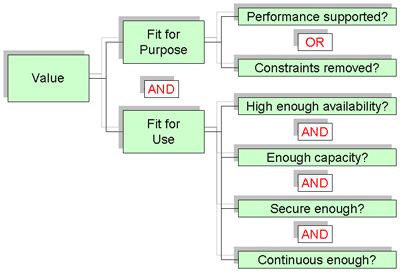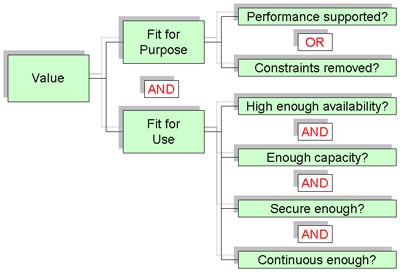A Note of Thanks
I attended training with a new client last week. The trainer and I work together to educate the client, begin gathering requirements and help relate the material more directly to the client’s business needs.
As our session ended Friday the project sponsors pulled me aside to offer their thanks. That got me to thinking, “I did my part and so did a lot of other people.”
I’d like to offer my thanks to just some of the people who make my job possible at Plateau Systems:
- Product Management and Product Engineering for making a great product.
- Members of the Public Sector practice for coaching and guiding me.
- My manager Scott Hardy for assigning me to challenging projects most suited to my skills.
- Brett Lewis for developing the Solution Design Document I use to guide decisions in client meetings.
- Andrea Malone in HR for handling benefits issues so I can focus on my job.
- All the Business Analysts at Plateau ready to respond to email at a moment’s notice. Sometimes I don’t know how I’d solve problems otherwise.
- All the trainers at Plateau who trained me and train my clients.
- The Plateau Technical Services Organization for creating the virtual environment running our enterprise application. It allows me to run the Plateau application on my laptop where I test out scenarios for clients on the spot.
There are many others inside and outside Plateau Systems, including mentors, friends, and family that have helped my professional development. I could not possibly mention them all.
To all of you A BIG THANK YOU!!
Sincerely,
Jonathan Malkin
Jonathan Malkin is a Business Analyst at Plateau Systems. Jonathan provides configuration, integration, documentation, and deployment support services for a leader in Talent Management Systems. Jonathan’s areas of support include 21 CFR Part 11 Validation, SF-182’s, EHRI compliance and customizations to COTS software for which he has won multiple awards. His experience includes work in the federal government, telecommunications, mortgage and banking, and custom software development industries. Plateau Systems is a leading global provider of adaptable, unified web-based talent management software, content and services to onboard, develop, manage and reward talent.
Jonathan may be reached by email at [email protected] or by visiting his LinkedIn page at http://www.linkedin.com/in/jmalkin.

